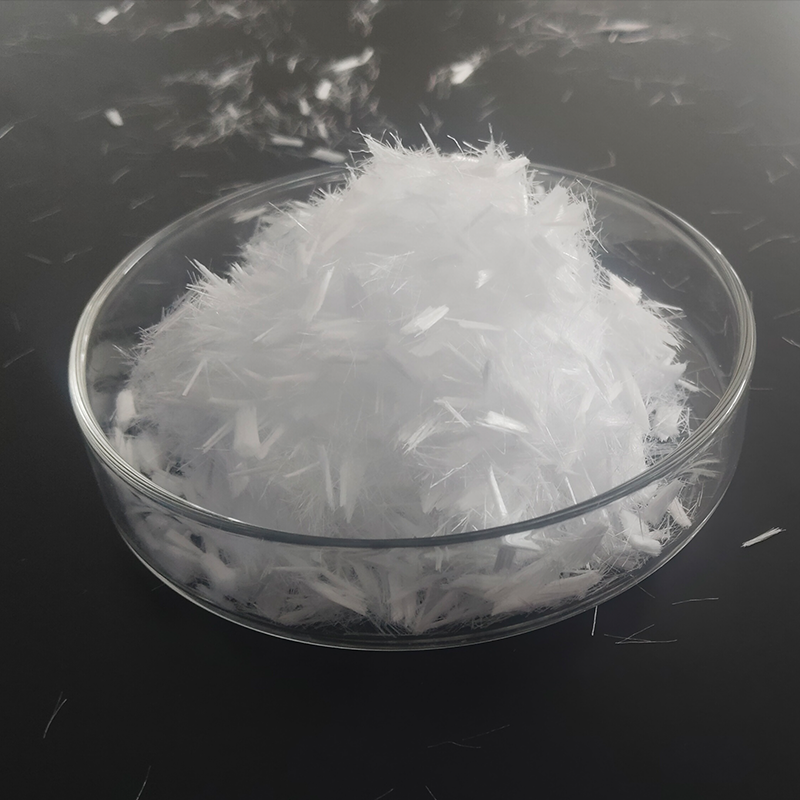Polypropylene fiber

Introduction to Polypropylene Fiber Products
I. Product Description
Polypropylene fiber, also known as polypropylene, is a synthetic fiber made from the polymerization of propylene. It is renowned for its high strength, high modulus, low elongation, and excellent chemical resistance, making it widely used in construction, textile, medical, environmental protection, and other fields. Polypropylene fiber is produced through a special spinning process, featuring light weight, softness, and a gentle luster, making it an indispensable material in modern industry and daily life.
II. Specifications and Parameters
Fiber Type: Including long fiber, short fiber, spunbonded nonwoven fabric, meltblown nonwoven fabric, and other types.
Diameter Range: Depending on the application requirements, the diameter can range from micrometers to millimeters.
Length: Short fibers typically range from 1.5 to 200.0mm, while long fibers can be customized according to customer needs.
Density: Approximately 0.91g/cm³, making it one of the lightest chemical fibers.
Tensile Strength: ≥350MPa, with some high-strength polypropylene fibers exhibiting even higher tensile strength.
Elastic Modulus: ≥3500MPa, demonstrating excellent rigidity.
Melting Point: 160-170℃, with good thermal stability.
III. Characteristics
High Strength and High Modulus: Polypropylene fiber possesses outstanding mechanical properties, capable of withstanding significant tensile and compressive forces.
Chemical Resistance: It exhibits good resistance to most acids, bases, and salts, suitable for various harsh environments.
Lightweight and Warmth Retention: With its low density, it provides excellent warmth retention, making it ideal for thermal clothing and materials.
Hydrophobic and Moisture Wicking: Despite having a near-zero standard moisture regain, it can transport water vapor through capillary action, keeping the skin dry.
Good Processing Properties: It is easy to blend with other materials and suitable for various spinning and molding processes.
IV. Advantages
Cost-Effective: Compared to other high-performance fibers, polypropylene fiber has a lower production cost, offering significant cost advantages.
Environmentally Friendly and Recyclable: Polypropylene material can be recycled and reused, aligning with environmental protection and sustainable development goals.
Versatile Applications: Suitable for use in construction, textile, medical, environmental protection, and other fields, with huge market potential.
V. Application Areas
Construction Materials: Used as a reinforcing material for concrete, improving its crack resistance, impermeability, and durability.
Textile Industry: Used in the production of clothing, carpets, home textiles, and other products, enhancing comfort and durability.
Medical and Health: Used in the manufacture of surgical gowns, masks, protective clothing, and other medical supplies, featuring antibacterial and liquid-repellent properties.
Environmental Protection: Used as a filter material in water treatment, air purification, and other fields, improving filtration efficiency and stability.
VI. Production Technology
The production of polypropylene fiber mainly involves melt spinning, stretching, heat setting, and other steps. Through precise spinning equipment and process control, the uniformity, strength, and stability of the fiber are ensured. Additionally, with the continuous advancement of technology, the development of new catalysts and copolymerization techniques has provided more possibilities for the functional modification of polypropylene fiber.
VII. Theory (Underlying Principles)
The mechanism of action of polypropylene fiber is primarily based on its high strength, high modulus, and good adhesion to the substrate. In composite materials such as concrete, polypropylene fiber can effectively disperse stress and prevent crack propagation, thereby enhancing the overall crack resistance and toughness of the material. Furthermore, the addition of fiber can improve the internal structure of the material, enhancing its impermeability and durability.
VIII. Services
We provide comprehensive service support, including technical consultation, product customization, sample provision, logistics distribution, and after-sales service. Our professional technical team will provide personalized solutions based on customer needs, ensuring customer satisfaction. Additionally, we offer product usage training and technical support to help customers better apply polypropylene fiber products.
IX. Packaging and Storage
Packaging: Moisture-proof and dust-proof packaging materials are used to ensure the quality stability of the product during transportation and storage. For customers with special requirements, customized packaging services are also available.
Storage: Products should be stored in a dry, ventilated, and cool place, avoiding direct sunlight and high temperatures. Regular inspections should be conducted during storage to ensure product quality remains unaffected.
X. Precautions
Pre-Use Inspection: Before using polypropylene fiber, carefully inspect the product packaging to ensure it is intact and the product is not damp or contaminated.
Avoid Excessive Stretching: During processing, avoid excessive stretching or twisting of the polypropylene fiber to prevent performance degradation.
Fire Safety: Although the ignition point of polypropylene fiber is relatively high, attention should still be paid to fire safety during storage and use, avoiding contact with fire sources.
Regular Equipment Maintenance: Processing equipment used for polypropylene fiber should be regularly maintained and serviced to ensure normal operation and stable product quality.